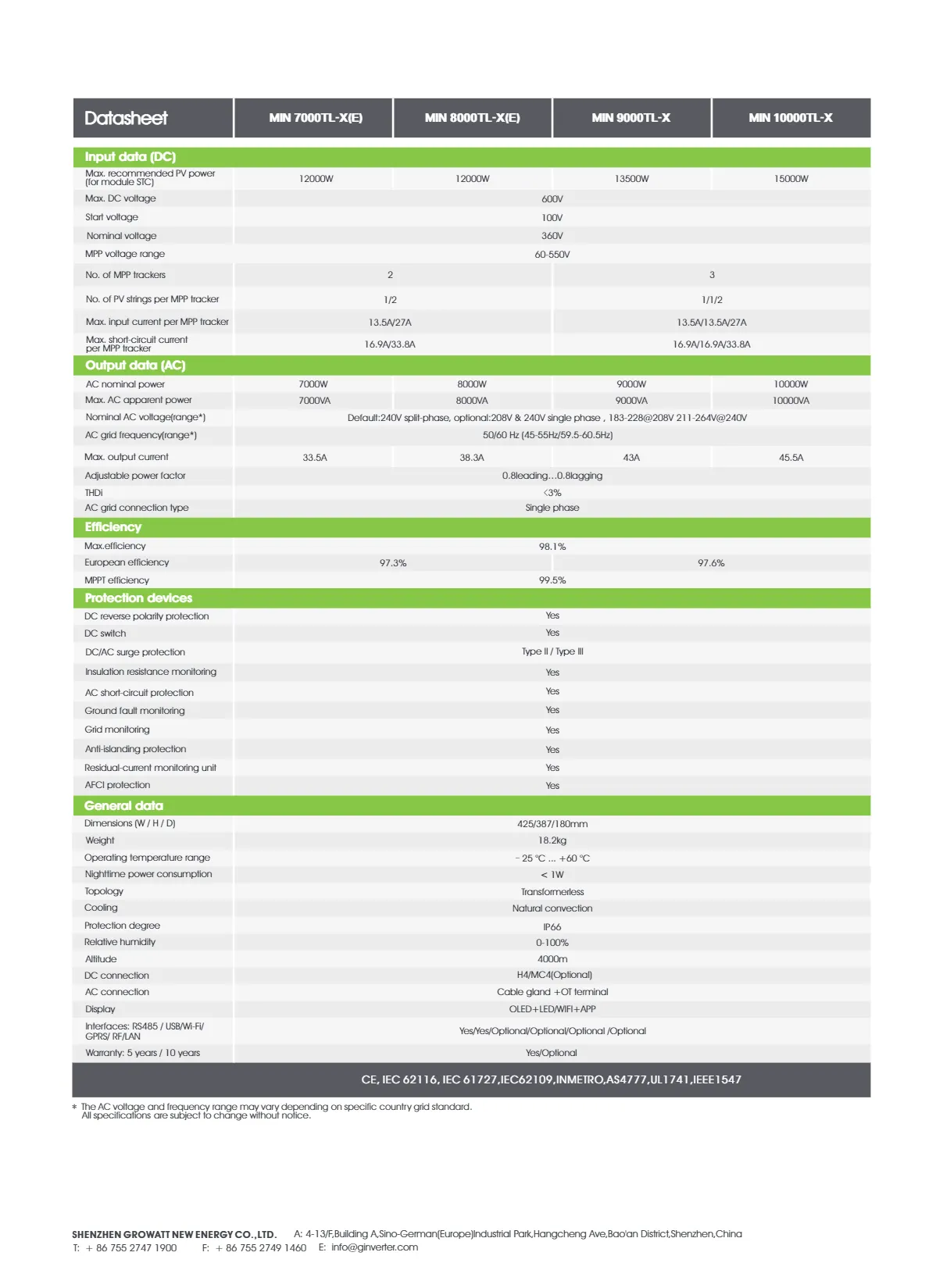bifacial solar panel mounting
The Advantages of Bifacial Solar Panel Mounting
In the ever-evolving landscape of renewable energy, bifacial solar panels have emerged as a game-changer. Unlike traditional solar panels, bifacial panels are designed to capture sunlight from both sides, significantly boosting their efficiency. However, the mounting system for these panels is crucial, as it can enhance their performance and maximize energy output. This article explores the benefits and considerations related to bifacial solar panel mounting.
Understanding Bifacial Solar Panels
Bifacial solar panels utilize advanced technology that allows them to absorb sunlight from the front and reflected sunlight from the ground. This capability means they can generate more electricity compared to standard panels, making them particularly appealing for both residential and commercial applications. By leveraging the additional energy captured on the back side, owners can achieve higher overall efficiency rates, sometimes up to 30% more, depending on the installation environment.
The Importance of Mounting Systems
The mounting system plays a pivotal role in the performance of bifacial solar panels. Proper mounting not only ensures stability and safety but also optimizes the angle and exposure to sunlight. Bifacial panels can be installed with different types of mounting systems, such as fixed tilt, tracking systems, or even ground-mount options. Each type of mounting system offers distinct advantages that can cater to various installation environments.
1. Fixed Tilt Mounting This is the simplest and most cost-effective option. Fixed tilt mounts keep the panels at an angle that is optimized for the geographic location, allowing for maximum sunlight exposure while still capturing diffuse light from the ground. However, they may not provide the full potential of bifacial panels unless the ground surface is chosen carefully – concrete or gravel can enhance reflection.
bifacial solar panel mounting

2. Tracking Systems These sophisticated mounting systems dynamically adjust to follow the sun across the sky. By maintaining optimal angles throughout the day, tracking systems can significantly increase the energy harvested by bifacial panels. This option is particularly effective in areas with high direct sunlight and minimal shading.
3. Ground-Mount Systems Installing bifacial panels on elevated ground-mounted systems enables better airflow and minimizes shading from surrounding objects. These systems can also be designed to optimize ground reflectance, increasing the energy captured by the rear side of the panels, thus maximizing overall efficiency.
Key Considerations for Bifacial Solar Panel Mounting
When selecting a mounting system for bifacial solar panels, several factors should be taken into account
- Site Conditions Consider the geographical location and the type of ground surface. Reflective surfaces, such as white gravel or light-colored concrete, can enhance energy capture. - Orientation and Tilt Proper orientation and tilt angles are essential for maximizing sunlight exposure and reflectivity. - Budget and Return on Investment Tracking systems can be more costly, but they may offer better long-term returns due to higher energy production.
Conclusion
In conclusion, bifacial solar panels represent a significant advancement in solar technology, particularly when paired with appropriate mounting solutions. The right mounting system can enhance the advantages of bifacial panels, leading to superior energy production and overall efficiency. As the demand for sustainable energy continues to grow, investing in bifacial solar technology and optimal mounting strategies will undoubtedly pay off in the long run, paving the way for a more sustainable future.
-
String Solar Inverter: The High-Efficiency Solution for Smart Solar EnergyNewsJul.14,2025
-
Revolutionizing Rooftop Energy with the Power of the Micro Solar InverterNewsJul.14,2025
-
Power Independence with Smart Off Grid Solar Inverter SolutionsNewsJul.14,2025
-
On Grid Solar Inverter: Powering the Future with Smart Grid IntegrationNewsJul.14,2025
-
Monocrystalline Solar Panels: High-Efficiency Power for the Future of Clean EnergyNewsJul.14,2025
-
Bifacial Solar Panel: A Smarter Investment for Next-Generation Energy SystemsNewsJul.14,2025







